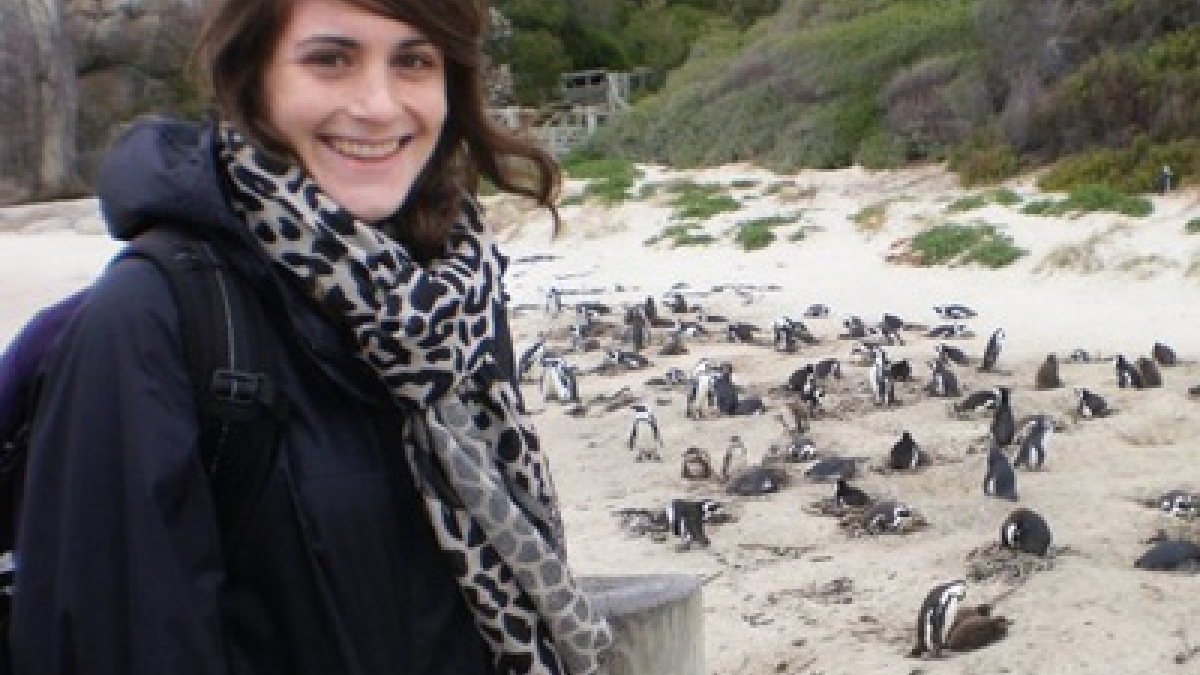Undergrad aims to reduce childhood illness in Guatemala

Over the past two summers Madeline Sands, an undergraduate student at ASU, has conducted pivotal community health and medical anthropology research in Guatemala. Her findings have the potential to increase locals’ well-being and perhaps save lives.
Sands was introduced to Guatemalan health issues during a six-week field school in the summer of 2010. Led by medical anthropologist Jonathan Maupin, an assistant professor in the School of Human Evolution and Social Change in the College of Liberal Arts and Sciences, the program involved researching how adopting a formalized health care system in Guatemala has impacted traditional healing methods. Maupin and the student participants studied the different effects of the new formalized health care system from looking at midwives, which embody traditional methods, to asking people about health care preferences.
“We noticed there were a lot of illnesses in kids, and that prompted us to ask: What are people’s perceptions of childhood disease?” Sands said. She wanted to find how people’s ideas of childhood diseases affect their actions in preventing and treating illness, providing insight into the ways the community deals with most illnesses.
Wanting to conduct further research for her honors thesis project, Sands realized she had to condense her inquiry because of the volume of medical conditions in Guatemala.
She decided to focus on diarrhea – the biggest killer of children under five in Latin America – and found in her reading that hygiene in relation to diarrhea had not been studied. Sands returned to Guatemala, accompanied by global health major Michaela Staley, this past summer to determine how individuals’ perception of hygiene affects their understanding of the causes and transmission of diarrhea.
The first part of their similar research projects focused on defining hygiene. When a good definition of hygiene was established, they sought a connection between hygiene and people’s understanding of the causes and transmission of diarrhea. It was found that people’s idea of hygiene reflected individual and household responsibilities, such as bathing and cleaning clothes. The majority of people indicated that bad hygiene could cause diarrhea and could identify related health words; however, there was a poor understanding of microbes and bacteria. Sands traced this lack of understanding back to the local clinic, where even the staff had similar problems understanding the meaning of the key words and germ theory.
When the project is completed, Sands will submit her findings to the clinic in hopes that this prompts the staff to reevaluate training programs and strengthen their ability to communicate accurate information effectively across the different cultures.
After her undergraduate studies, Sands plans to pursue medical school. She hopes to be a doctor, providing care for vulnerable populations. Her interest in helping the underserved was sparked at a young age. At the inner-city public school she attended, she noticed a large number of children constantly in the school nurse’s office.
“It was hard to see a lot of kids who didn’t have health care, and there would always be a lot of them at the school nurse because that was really the only kind of treatment they could receive,” Sands said. “My interest in health care escalated from there; I have always wanted to help people.”
Sands’ love for helping others, science and learning about the culture entwined within societies may have come from her parents’ resolution in her visits to museums, the lecture by professor Donald Johanson her father took her to when she was a child, or her involvement in her own classes at ASU. Her upbringing and experience in Guatemala has only reinforced her desire to help others.
“I would like to be a doctor ... who is culturally sensitive, who can work across borders and certain socio-economic boundaries, someone who can provide the best care to patients, from understanding their background and culture to understanding the current science,” Sands said.
Victoria Dombrowski, vdombrow@asu.edu
School of Human Evolution and Social Change

